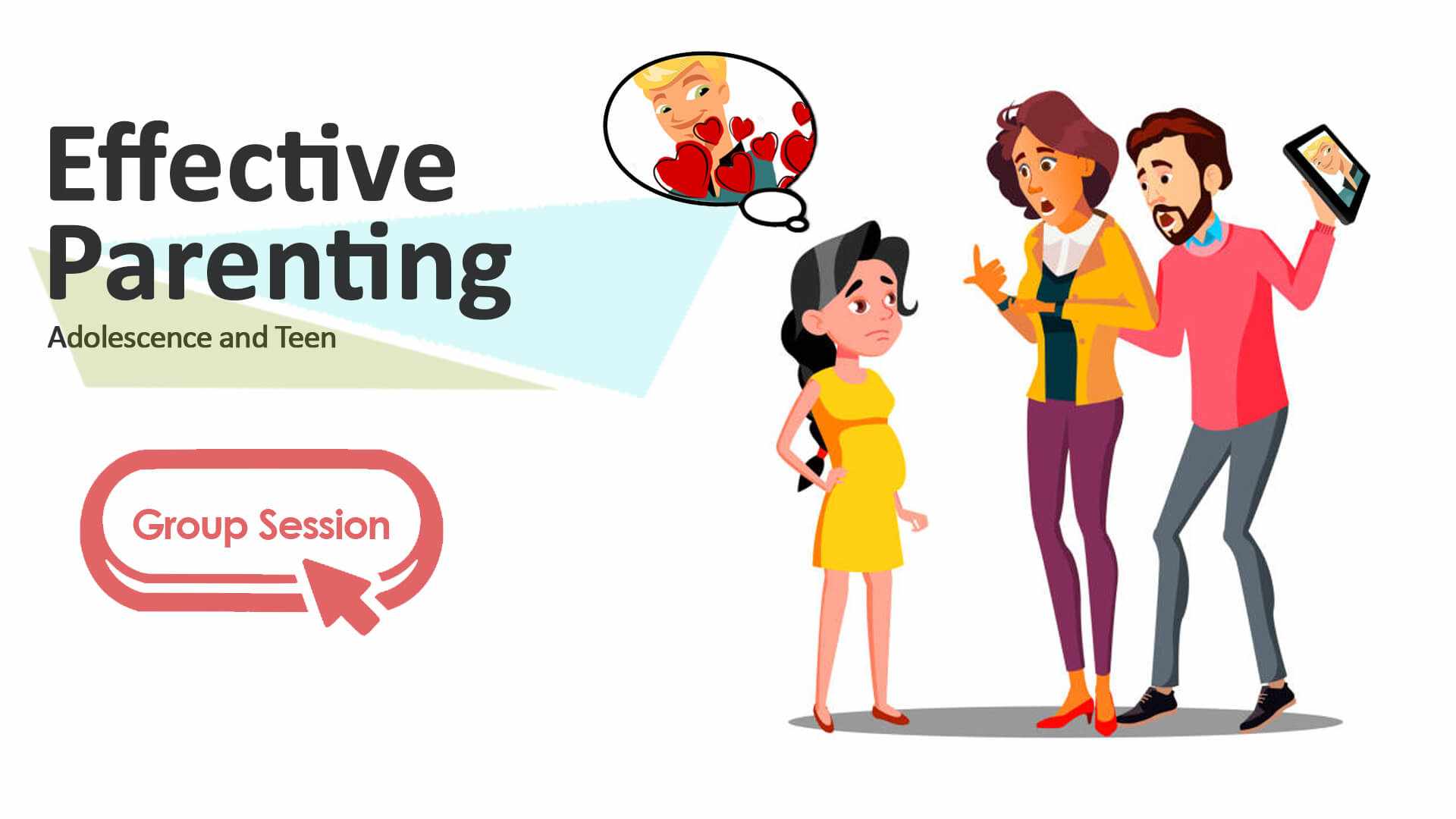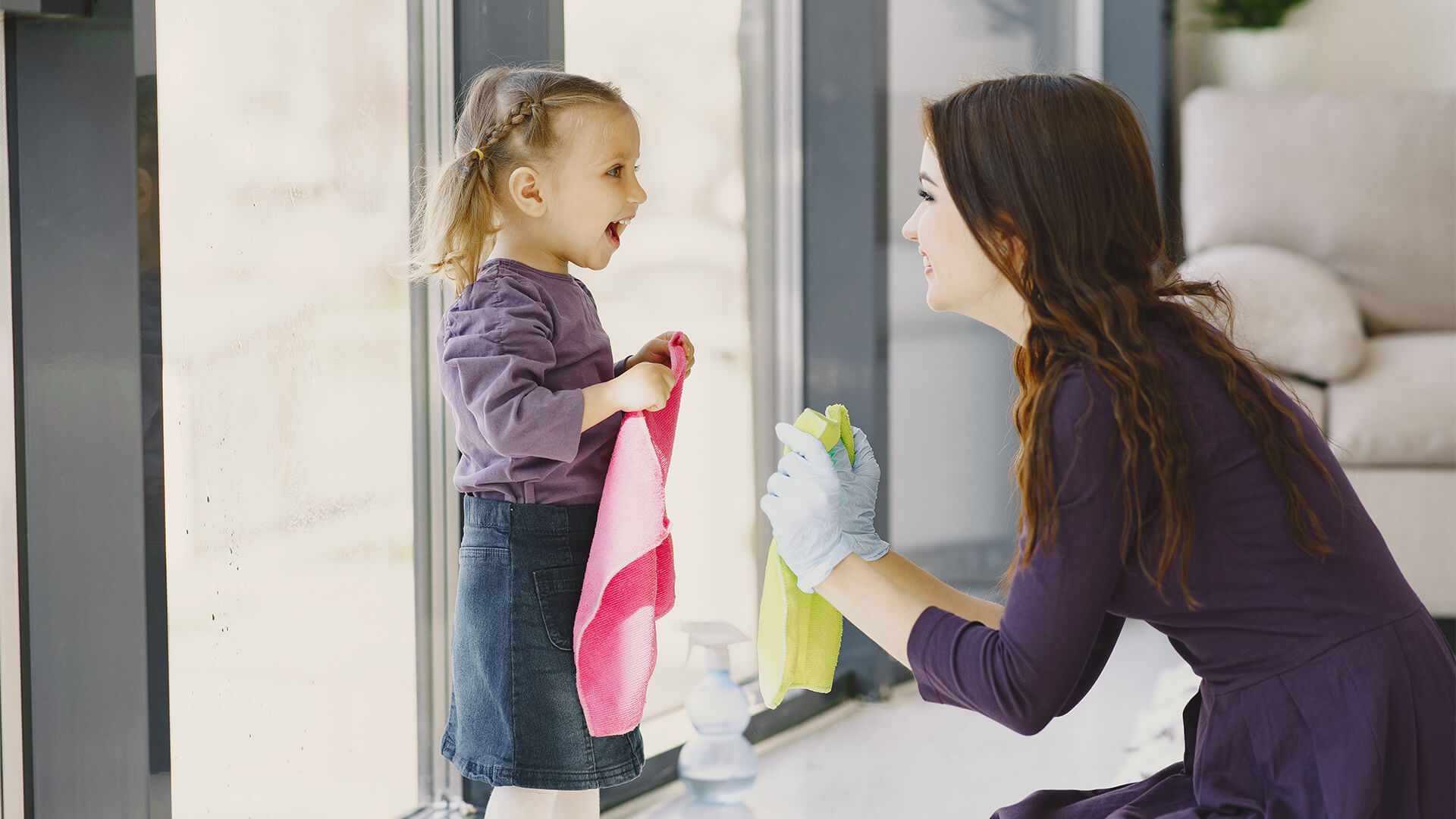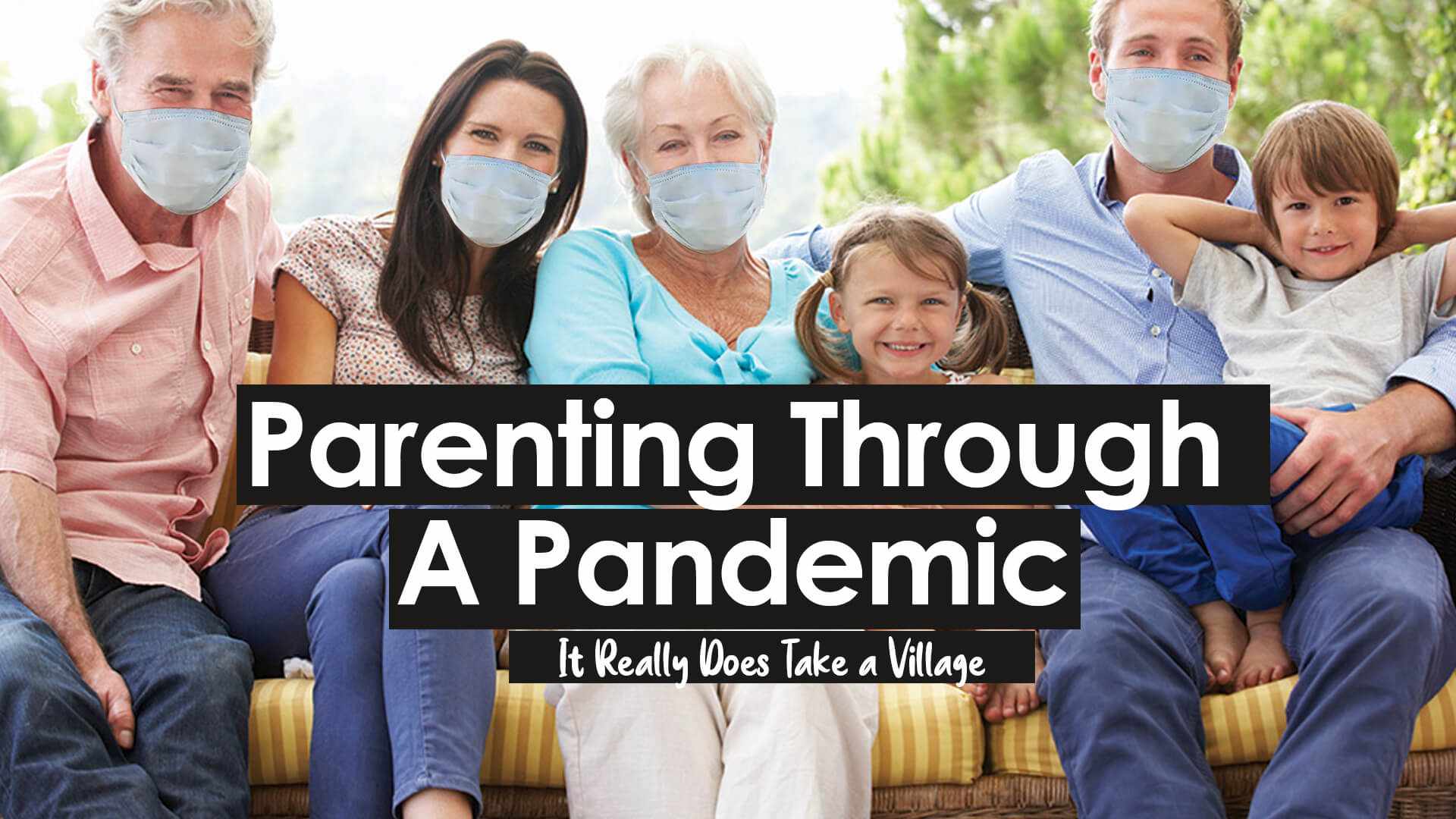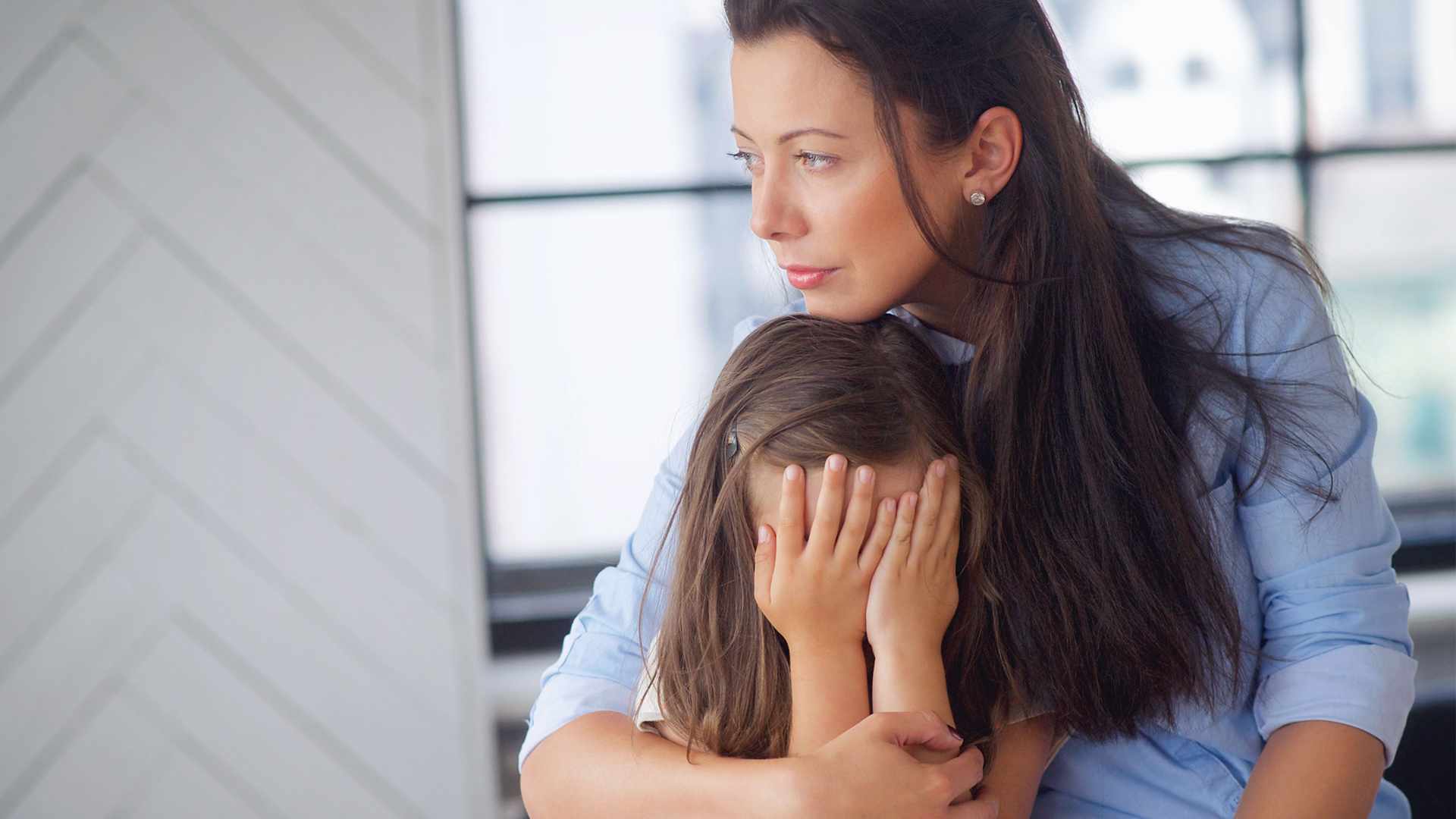Common Newborn Rashes


Common Newborn Rashes
 By Inventive Minds Kidz Academy
By Inventive Minds Kidz Academy
 Added Tue, Jan 14 2025
Added Tue, Jan 14 2025
 By Inventive Minds Kidz Academy
By Inventive Minds Kidz Academy
Added Tue, Jan 14 2025
Hey, Thanks For Subscribing!
Please check for a confirmation message and ensure you add us to a safe email list.
If you don't see a message in the next five minutes, check your spam or junk folders and mark our emails safe for next time.
See you soon!
Duplicate Email Found!
Well this is embarrassing... It looks like is already registered.
We have just sent an email to that address with a link to manage the subscription with us. If you don't see a message in the next five minutes, check the spam or junk folders, it's definitely there.
See you soon!

Your newborn's body skin undergoes several changes during the first four weeks of life. For instance, white or yellow papules, redness of the skin, flaking of the outer layer of the skin, whitehead acne, red spots, and rashes are common. Many of these skin changes are typical in newborns and infants, affecting a significant proportion of the population. However, some of them may raise alarms for you and the pediatricians. First of all, you should be aware of normal skin pattern changes. The following are the appearances, features, and characteristics of each change.
- Miliaria: Small, pearly white or yellow papules result from retention of keratin and sweat and are commonly found on the head, neck, and chin.
- Seborrheic Dermatitis: This condition affects the scalp, face, ears, neck, and diaper area. It causes redness and flaking, with more redness in the skin folds (like in the elbows and behind the ears) and more flaking on the scalp. It can be hard to tell apart from eczema just by looking.
- Acne Neonatorum: Up to 20% of newborns may experience this condition, which typically consists of closed comedones on the forehead, nose, and cheeks. It may also include open comedones, inflammatory papules, and pustules in other areas.
- Erythema Toxicum Neonatorum: This is the most common type of rash with pus in newborns, usually showing up on the second or third day of life. It starts as red spots and bumps that turn into pus-filled blisters, with a red, blotchy area around them, giving the skin a 'flea-bitten' look.
- Transient Neonatal Pustular Melanosis: This rash is made up of dark spots that slowly fade over a few weeks, and there is no redness around the spots. It's a type of rash with blisters and pus that affects a small number of newborns, especially black babies. The spots don’t have redness around them and can break open easily, leaving a ring of dry skin and a dark spot that gradually disappears.
The above skin changes are normal and do not require any special treatment. These changes are part of your baby’s natural adjustment to life outside the womb and are generally harmless. These can be managed with gentle care, good hygiene, and safe products. Since your baby’s skin is thinner and more sensitive, it's important to use gentle products and check labels to ensure they're safe for your baby’s sensitive skin.
Recognizing these normal skin changes is important because it helps you tell the difference between typical skin issues and more serious conditions. Knowing what's normal can also give you peace of mind. However, if you notice that the skin changes don't seem normal or if they worsen, it's important to look out for signs of infection or other health concerns. This is why early recognition by doctors is key.
Keep an eye out for skin changes that don’t go away, seem to get worse, or look unusual, as well as any signs of infection or other symptoms that could indicate a more serious health issue. If you’re ever unsure about a skin concern, it’s always a good idea to consult with a pediatrician or a healthcare professional who specializes in children’s skin.
Red Flags
Skin conditions that make your baby uncomfortable, causing pain, itching, excessive crying, bleeding, leaking fluid, or forming scabs, along with poor weight gain, signs of inadequate growth and development, and unexplained changes in the skin, should be carefully observed and monitored. Additionally, if the scalp becomes more inflamed or if new patches appear on other parts of the baby’s body, they should also be monitored.
Effective Treatment Options for Rashes
- Atopic Dermatitis: Managing your baby’s eczema involves several key steps like keeping the skin moisturized with creams, using fragrance-free creams or ointments, bathing your baby in lukewarm water for 15-20 minutes every day (followed by applying these moisturizers). A gentle, non-soap cleanser is also recommended. Keeping your baby’s skin hydrated and protected from irritants is key to managing eczema effectively.
Avoid lotions because they can dry out the skin. - Cradle Cap: Usually, it doesn’t cause discomfort and doesn’t need treatment in most cases. Apply mineral oil or olive oil to their scalp, leave it on for a few minutes, then gently brush out the scales and wash their hair with shampoo. Shampoos containing ingredients like ketoconazole, zinc pyrithione, selenium sulfide, or salicylic acid can help treat the scalp flakes.
- Nappy Rash: Keep the skin clean and dry, change wet or dirty nappies (extra absorbent nappies are better), and clean your baby's skin with water or fragrance-free and alcohol-free baby wipes.
Avoid using soaps, baby lotion, or talcum powder. - Baby Acne: Wash your baby’s face with water and a gentle moisturizer.
- Hives: If caused by something the baby ate or drank, antihistamines can help. If it happens often, consult a doctor about possible allergies.
- Impetigo: See a doctor for antibiotics to clear the infection, which usually takes 7-10 days.
- Milia: This is normal and clears up on its own within the first month, so no treatment is needed.
- Ringworm: Over-the-counter creams usually help. Ask your pharmacist for advice.
- Sweat Rash (Miliaria): This rash clears up on its own and is caused by blocked sweat glands. Always consult with your doctor for a proper diagnosis and treatment plan for your baby’s condition.
Authored by:
Dr. Alireza Sarmadi
Family Physician
References
- Marcdante, K. J., & Kliegman, R. M. (Eds.). (2019). Nelson Essentials of Pediatrics (8th ed.). Elsevier.
- O'Connor, N. R., McLaughlin, M. R., & Ham, P. (2008). Newborn skin: Rashes. American Family Physician, 77(1), 47-52.
- Kutlubay, Z., Tanakol, A., Engin, B., Simsek, E., Serdaroglu, S., Tuzun, Y., Yilmaz, E., & Eren, B. (2017). Newborn Skin: Common Skin Problems. Maedica - A Journal of Clinical Medicine, 12(1), 42-47.
- Mayo Clinic. (2024). Baby rashes. In Mayo Clinic Guide to Your Baby's First Years: Newborn to Age 3. Cook WJ, et al., eds. Mayo Clinic Press.
- Skin rashes in babies Author: N/A Publication Date: N/A Website: nidirect.gov.uk URL: https://www.nidirect.gov.uk/conditions/skin-rashes-babies
- Diaper erythema: N/A Publication Date: N/A Website: https://www.sciencephoto.com/media/615341/view
Your newborn's body skin undergoes several changes during the first four weeks of life. For instance, white or yellow papules, redness of the skin, flaking of the outer layer of the skin, whitehead acne, red spots, and rashes are common. Many of these skin changes are typical in newborns and infants, affecting a significant proportion of the population. However, some of them may raise alarms for you and the pediatricians. First of all, you should be aware of normal skin pattern changes. The following are the appearances, features, and characteristics of each change.
- Miliaria: Small, pearly white or yellow papules result from retention of keratin and sweat and are commonly found on the head, neck, and chin.
- Seborrheic Dermatitis: This condition affects the scalp, face, ears, neck, and diaper area. It causes redness and flaking, with more redness in the skin folds (like in the elbows and behind the ears) and more flaking on the scalp. It can be hard to tell apart from eczema just by looking.
- Acne Neonatorum: Up to 20% of newborns may experience this condition, which typically consists of closed comedones on the forehead, nose, and cheeks. It may also include open comedones, inflammatory papules, and pustules in other areas.
- Erythema Toxicum Neonatorum: This is the most common type of rash with pus in newborns, usually showing up on the second or third day of life. It starts as red spots and bumps that turn into pus-filled blisters, with a red, blotchy area around them, giving the skin a 'flea-bitten' look.
- Transient Neonatal Pustular Melanosis: This rash is made up of dark spots that slowly fade over a few weeks, and there is no redness around the spots. It's a type of rash with blisters and pus that affects a small number of newborns, especially black babies. The spots don’t have redness around them and can break open easily, leaving a ring of dry skin and a dark spot that gradually disappears.
The above skin changes are normal and do not require any special treatment. These changes are part of your baby’s natural adjustment to life outside the womb and are generally harmless. These can be managed with gentle care, good hygiene, and safe products. Since your baby’s skin is thinner and more sensitive, it's important to use gentle products and check labels to ensure they're safe for your baby’s sensitive skin.
Recognizing these normal skin changes is important because it helps you tell the difference between typical skin issues and more serious conditions. Knowing what's normal can also give you peace of mind. However, if you notice that the skin changes don't seem normal or if they worsen, it's important to look out for signs of infection or other health concerns. This is why early recognition by doctors is key.
Keep an eye out for skin changes that don’t go away, seem to get worse, or look unusual, as well as any signs of infection or other symptoms that could indicate a more serious health issue. If you’re ever unsure about a skin concern, it’s always a good idea to consult with a pediatrician or a healthcare professional who specializes in children’s skin.
Red Flags
Skin conditions that make your baby uncomfortable, causing pain, itching, excessive crying, bleeding, leaking fluid, or forming scabs, along with poor weight gain, signs of inadequate growth and development, and unexplained changes in the skin, should be carefully observed and monitored. Additionally, if the scalp becomes more inflamed or if new patches appear on other parts of the baby’s body, they should also be monitored.
Effective Treatment Options for Rashes
- Atopic Dermatitis: Managing your baby’s eczema involves several key steps like keeping the skin moisturized with creams, using fragrance-free creams or ointments, bathing your baby in lukewarm water for 15-20 minutes every day (followed by applying these moisturizers). A gentle, non-soap cleanser is also recommended. Keeping your baby’s skin hydrated and protected from irritants is key to managing eczema effectively.
Avoid lotions because they can dry out the skin. - Cradle Cap: Usually, it doesn’t cause discomfort and doesn’t need treatment in most cases. Apply mineral oil or olive oil to their scalp, leave it on for a few minutes, then gently brush out the scales and wash their hair with shampoo. Shampoos containing ingredients like ketoconazole, zinc pyrithione, selenium sulfide, or salicylic acid can help treat the scalp flakes.
- Nappy Rash: Keep the skin clean and dry, change wet or dirty nappies (extra absorbent nappies are better), and clean your baby's skin with water or fragrance-free and alcohol-free baby wipes.
Avoid using soaps, baby lotion, or talcum powder. - Baby Acne: Wash your baby’s face with water and a gentle moisturizer.
- Hives: If caused by something the baby ate or drank, antihistamines can help. If it happens often, consult a doctor about possible allergies.
- Impetigo: See a doctor for antibiotics to clear the infection, which usually takes 7-10 days.
- Milia: This is normal and clears up on its own within the first month, so no treatment is needed.
- Ringworm: Over-the-counter creams usually help. Ask your pharmacist for advice.
- Sweat Rash (Miliaria): This rash clears up on its own and is caused by blocked sweat glands. Always consult with your doctor for a proper diagnosis and treatment plan for your baby’s condition.
Authored by:
Dr. Alireza Sarmadi
Family Physician
References
- Marcdante, K. J., & Kliegman, R. M. (Eds.). (2019). Nelson Essentials of Pediatrics (8th ed.). Elsevier.
- O'Connor, N. R., McLaughlin, M. R., & Ham, P. (2008). Newborn skin: Rashes. American Family Physician, 77(1), 47-52.
- Kutlubay, Z., Tanakol, A., Engin, B., Simsek, E., Serdaroglu, S., Tuzun, Y., Yilmaz, E., & Eren, B. (2017). Newborn Skin: Common Skin Problems. Maedica - A Journal of Clinical Medicine, 12(1), 42-47.
- Mayo Clinic. (2024). Baby rashes. In Mayo Clinic Guide to Your Baby's First Years: Newborn to Age 3. Cook WJ, et al., eds. Mayo Clinic Press.
- Skin rashes in babies Author: N/A Publication Date: N/A Website: nidirect.gov.uk URL: https://www.nidirect.gov.uk/conditions/skin-rashes-babies
- Diaper erythema: N/A Publication Date: N/A Website: https://www.sciencephoto.com/media/615341/view
Most Talked About Posts
You May Also Like
Staff Picks
Now Trending
Our Newsletter
Duplicate Email Found!
Well this is embarrassing... It looks like is already registered.
We have just sent an email to that address with a link to manage the subscription with us. If you don't see a message in the next five minutes, check the spam or junk folders, it's definitely there.
See you soon!
Join Our Newsletter
Hey, Thanks For Subscribing!
Please check for a confirmation message and ensure you add us to a safe email list.
If you don't see a message in the next five minutes, check your spam or junk folders and mark our emails safe for next time.
See you soon!
Duplicate Email Found!
Well this is embarrassing... It looks like is already registered.
We have just sent an email to that address with a link to manage the subscription with us. If you don't see a message in the next five minutes, check the spam or junk folders, it's definitely there.
See you soon!










